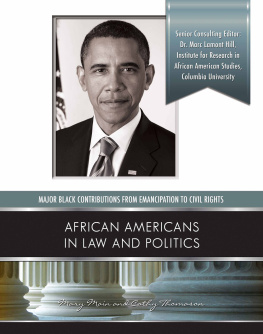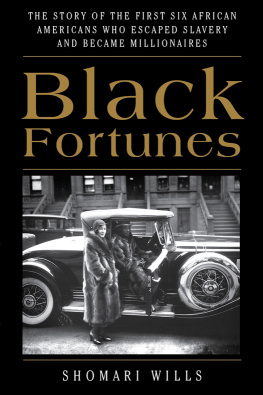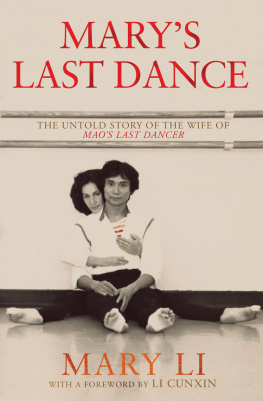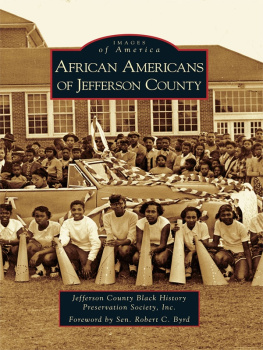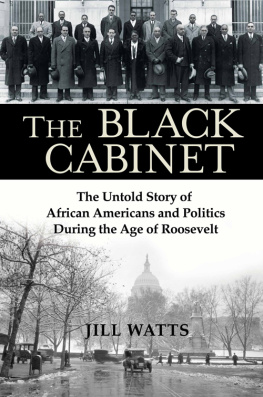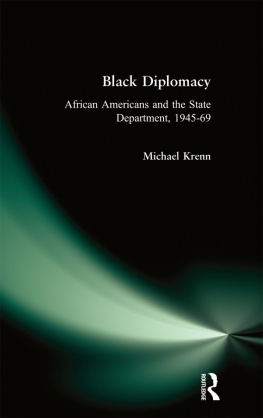Mary L. Brown - Integration A Doorway to Success: The Untold Story of the First African Americans to Integrate Catonsville High School in 1955
Here you can read online Mary L. Brown - Integration A Doorway to Success: The Untold Story of the First African Americans to Integrate Catonsville High School in 1955 full text of the book (entire story) in english for free. Download pdf and epub, get meaning, cover and reviews about this ebook. year: 2019, publisher: Christian Faith Publishing, Incorporated, genre: Home and family. Description of the work, (preface) as well as reviews are available. Best literature library LitArk.com created for fans of good reading and offers a wide selection of genres:
Romance novel
Science fiction
Adventure
Detective
Science
History
Home and family
Prose
Art
Politics
Computer
Non-fiction
Religion
Business
Children
Humor
Choose a favorite category and find really read worthwhile books. Enjoy immersion in the world of imagination, feel the emotions of the characters or learn something new for yourself, make an fascinating discovery.

- Book:Integration A Doorway to Success: The Untold Story of the First African Americans to Integrate Catonsville High School in 1955
- Author:
- Publisher:Christian Faith Publishing, Incorporated
- Genre:
- Year:2019
- Rating:3 / 5
- Favourites:Add to favourites
- Your mark:
Integration A Doorway to Success: The Untold Story of the First African Americans to Integrate Catonsville High School in 1955: summary, description and annotation
We offer to read an annotation, description, summary or preface (depends on what the author of the book "Integration A Doorway to Success: The Untold Story of the First African Americans to Integrate Catonsville High School in 1955" wrote himself). If you haven't found the necessary information about the book — write in the comments, we will try to find it.
Mary is a very proud wife, mother, retired educator, community activist, and now an aspiring writer. Living in a world of complex social, political and economic challenges, Mary offers her work as an incentive for prospective black writers to uncover and/or discover the vast knowledge of African American history, still locked in our ancestors storehouses, bibles, important family documents and other relatives records.
Completing the story of the humanity and genius of black Americans, both individually and together, Mary feels, is a goal worth working for. Therefore, Marys story is a labor of love and historical necessity, to trace the journey of African Americans from segregation to desegregation in the Baltimore County public schools during the Jim Crow Era (1945 to 1955).
This story demonstrates how success not failure is the product of courage and determination in the midst of injustice and divisiveness that existed in our black communities during the Jim Crow Era. Today, African Americans are still being challenged to fight for equality and justice even though gains have been made since the Civil Rights Movement of the sixties.
Mary is a living witness to the cruelty of racism inflicted by Jim Crow Laws and ironically the Supreme Court prior to 1954 when racism was deeply rooted in public education until it became unlawful on May 17, 1954.
From 1945 to 1954, Mary was enrolled as a student at Banneker, a segregated School in Catonsville, Maryland. Banneker was the only junior-high school available for black students in Catonsvilles school district. Challenging the laws of separate but equals, which justified separation of the races in public facilities, became very important to black children like Mary and her classmates, who only wanted an opportunity to obtain a good education.
Marys book title, Integration, A Doorway to Success, represents the spirit of African American students who shared this journey with her. Their struggle to overcome segregation in their school and communities represents their courage, determination and perseverance to accomplish their mission. Their hope is that this story will inspire young people to dream big and allow no one to deter them from their dreams by telling them what they cant do or who they cant become.
Mary resides in Columbia, Maryland with her husband of 56 years, Charles Lee Brown Sr. They are the proud parents of two sons; Rev. Charles L. Brown JR, founder and pastor of Family of Faith AME Church, St. Thomas, Virgin Island and Michael Anthony Brown, Computer Engineer, Johns Hopkins Medical Systems.
Mary L. Brown: author's other books
Who wrote Integration A Doorway to Success: The Untold Story of the First African Americans to Integrate Catonsville High School in 1955? Find out the surname, the name of the author of the book and a list of all author's works by series.

